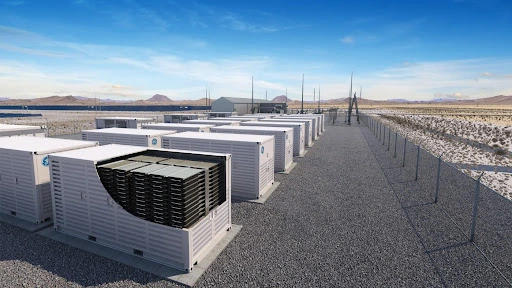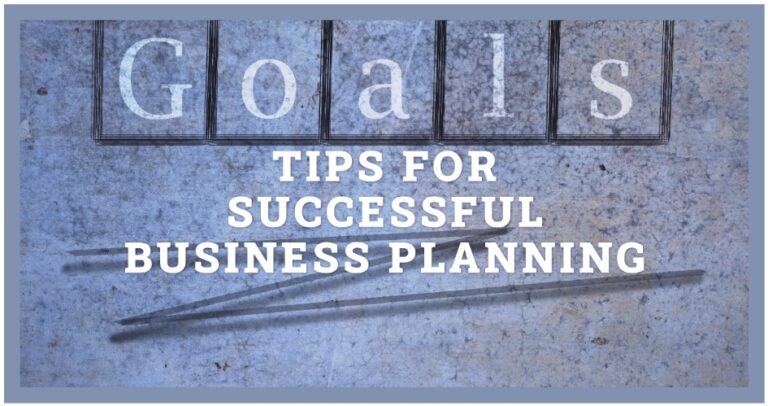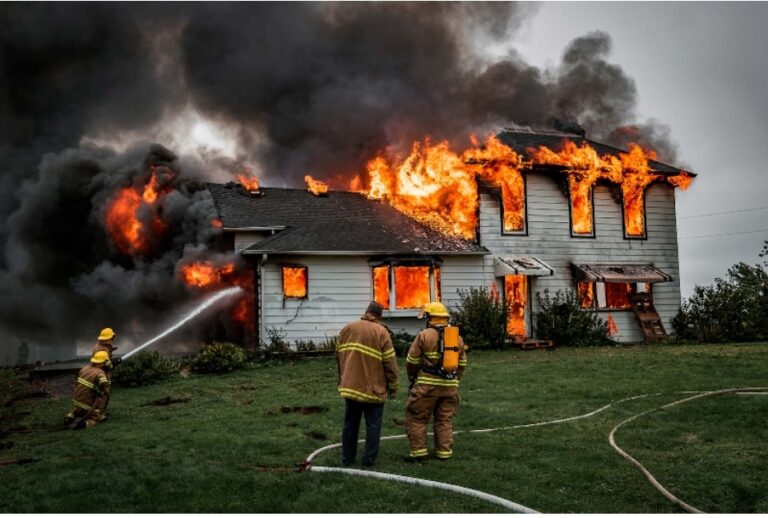Navigating the Power Divide Demystifying kWh vs. kW
Ever wondered how “kilowatt-hours” (kWh) and “kilowatts” (kW) differ on your utility bill? For a business owner, understanding these energy units is crucial for making informed choices about energy usage and procurement.
Being a savvy “Utility Bidder” means not just getting the best price per unit, but also understanding exactly what that unit represents. This insightful article will break down the key differences between kWh and kW, empowering you to take control of your business energy management and how much energy you need.
The Mystery Behind kWh vs. kW
kWh and kW might seem like interchangeable terms on your utility bill, but they represent entirely different aspects of your kinetic energy consumption. Here’s a breakdown to shed light on the mystery:
- Kilowatt (kW): Imagine a light bulb. The wattage (kW) indicates its maximum power consumption at any given moment. It’s like the speed limit on a highway – it tells you the highest rate at which your business is using electricity at a particular time. Think of it as the “muscle” behind your electrical energy use.
- Kilowatt-hour (kWh): This unit measures the total energy used over a specific period. Think of it like the distance traveled on the highway. It takes into account both the wattage (kW) of your appliances and the duration (hours) they operate. A high-wattage appliance used briefly will consume fewer kWh than a lower-wattage appliance used for a longer duration. kWh is the unit used to calculate your total energy bill.
Why Does This Distinction Matter?
Understanding the difference between kW and kWh is crucial for effective business energy management. Here’s why:
Identifying Usage Patterns
As you analyze your utility bill, you can identify peak kW electricity usage periods. This can help you target specific high-demand times and implement strategies like shifting operations to off-peak hours to potentially reduce costs.
Comparing Business Energy Consumption
When comparing electricity usage between different facilities or periods, focusing solely on kWh might be misleading. If one facility has a higher kW but shorter operating hours, its total kWh might be lower. Analyzing both kW and kWh paints a more accurate picture.
Optimizing Equipment Selection
When purchasing new equipment, consider both its wattage (kW) and its expected usage time. A high-wattage appliance might not be a bad choice if its operation time is minimal.
Exploring Additional Concepts
Now that we’ve grasped the fundamentals of kWh and kW, let’s delve deeper into some related concepts:
- Joule (J): The most basic energy unit. kWh and kW are simply larger units derived from Joules.
- Energy Management: The process of monitoring, analyzing, and optimizing your business’s energy usage. Understanding kWh and kW is a cornerstone of effective energy management.
- Kilowatt Hour (kWh) vs. Kilowatt Hour per Year (kWh/yr): kWh measures energy used, while kWh/yr indicates the annual rate of energy consumption. This distinction is crucial when comparing facilities with different operating hours.
- Maximum Demand (kW): The highest kW recorded during a billing period. Utility companies might charge additional fees based on peak demand, incentivizing businesses to manage their kW usage.
Practical Applications
Here are some practical ways to leverage your newfound understanding of kWh and kW:
Reduce Consumption
As you identify high kWh usage periods or high kW appliances, you can implement strategies to reduce energy consumption. This could involve switching to energy-efficient equipment, adjusting lighting controls, or implementing power-down procedures during off-peak hours.
Reduce Costs
Understanding kWh and kW allows you to compare different energy plans and choose the one that best suits your business’s usage profile. Additionally, by managing your peak demand (kW), you can potentially avoid additional charges on your utility bills.
Identify Opportunities
Analyzing kWh and kW data can help identify areas for improvement in your energy management strategy. This might involve optimizing equipment usage schedules, upgrading to more efficient technologies, or negotiating better rates with your utility provider.
Final Words
Understanding the difference between kWh and kW empowers you to make informed decisions about your business’s energy consumption. We hope you now know how many kWh you need.
When leveraging this knowledge, you can reduce unit of energy, optimize your energy management strategy, and contribute to a more sustainable future. In addition, focus on using natural gas as alternative to save costs.







